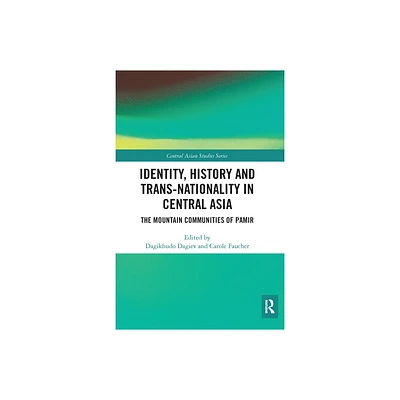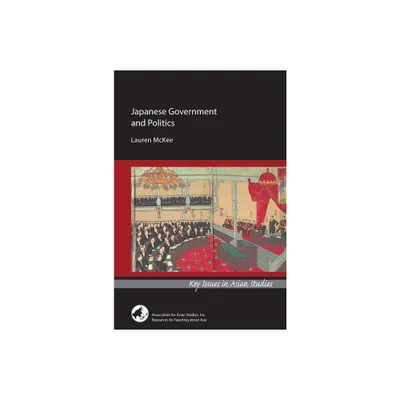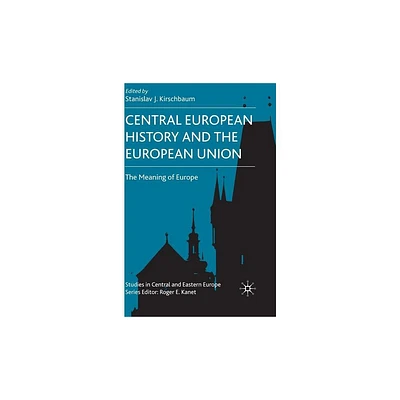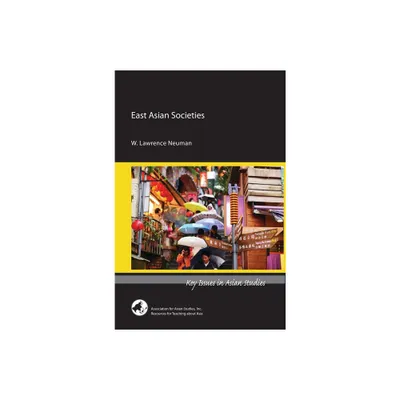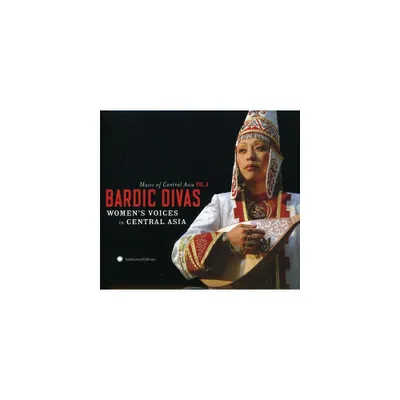Home
The European Handbook of Central Asian Studies: History, Politics, and Societies
Loading Inventory...
Barnes and Noble
The European Handbook of Central Asian Studies: History, Politics, and Societies
Current price: $129.00


Barnes and Noble
The European Handbook of Central Asian Studies: History, Politics, and Societies
Current price: $129.00
Loading Inventory...
Size: OS
*Product Information may vary - to confirm product availability, pricing, and additional information please contact Barnes and Noble
This handbook is the first collection of comprehensive teaching materials for teachers and students of Central Asian Studies (CAS) with a strong pedagogic dimension. It presents 22 chapters, clustered around five themes, with contributions from more than 19 scholars, all leading experts in the field of CAS and Eurasian Studies.
This collection is not only a reference work for scholars branching out to different disciplines of CAS but also for scholars from other disciplines broadening their scope to CAS. It addresses post-colonial frameworks and also untangles topics from their ‘Soviet’ reference frame. It aims to de-exoticize the region and draws parallels to European or to historically European-occupied territories.
In each chapter, the handbook provides a concise but nuanced overview of the topics covered, in which way these have been approached by the mainstream literature, and points out pitfalls, myths, and new insights, providing background knowledge about Central Asia to readers and intertwine this with an advanced level of insight to leave the readers equipped with a strong foundation to approach more specialized sources either in classroom settings or by self-study. A list of recorded lectures to be found on YouTube will accompany the handbook either as instruction materials for teachers or visual aids for students.
This collection is not only a reference work for scholars branching out to different disciplines of CAS but also for scholars from other disciplines broadening their scope to CAS. It addresses post-colonial frameworks and also untangles topics from their ‘Soviet’ reference frame. It aims to de-exoticize the region and draws parallels to European or to historically European-occupied territories.
In each chapter, the handbook provides a concise but nuanced overview of the topics covered, in which way these have been approached by the mainstream literature, and points out pitfalls, myths, and new insights, providing background knowledge about Central Asia to readers and intertwine this with an advanced level of insight to leave the readers equipped with a strong foundation to approach more specialized sources either in classroom settings or by self-study. A list of recorded lectures to be found on YouTube will accompany the handbook either as instruction materials for teachers or visual aids for students.
